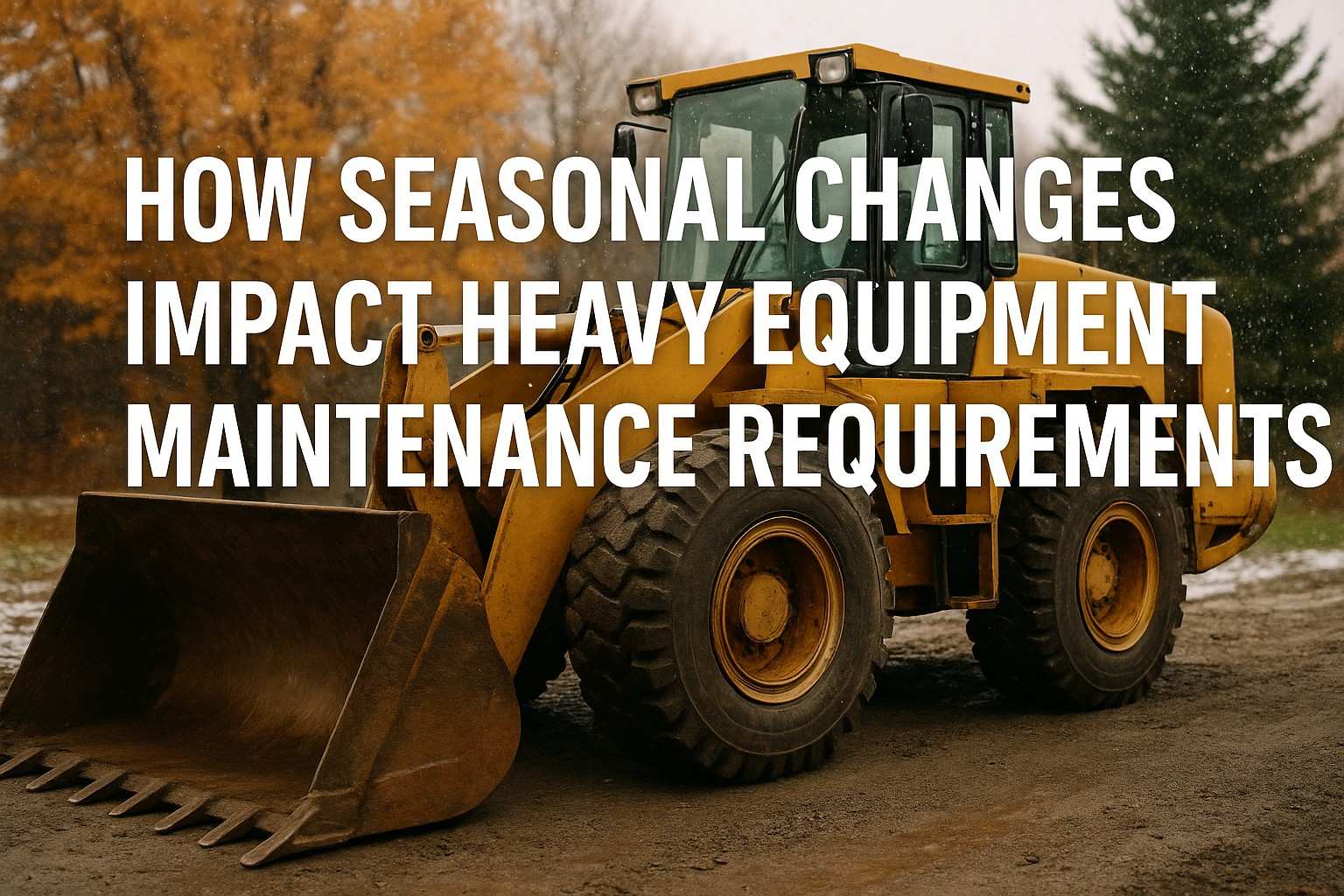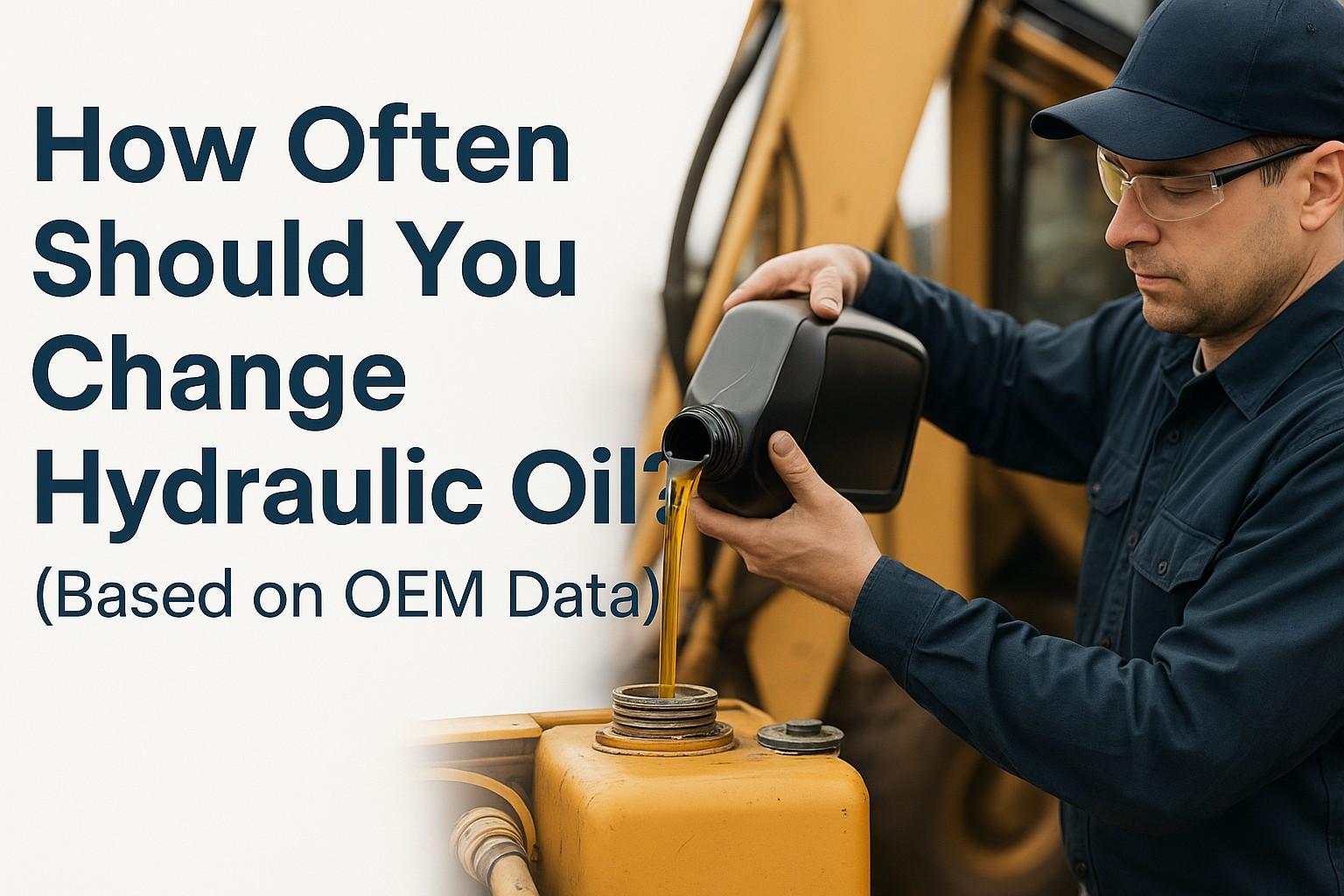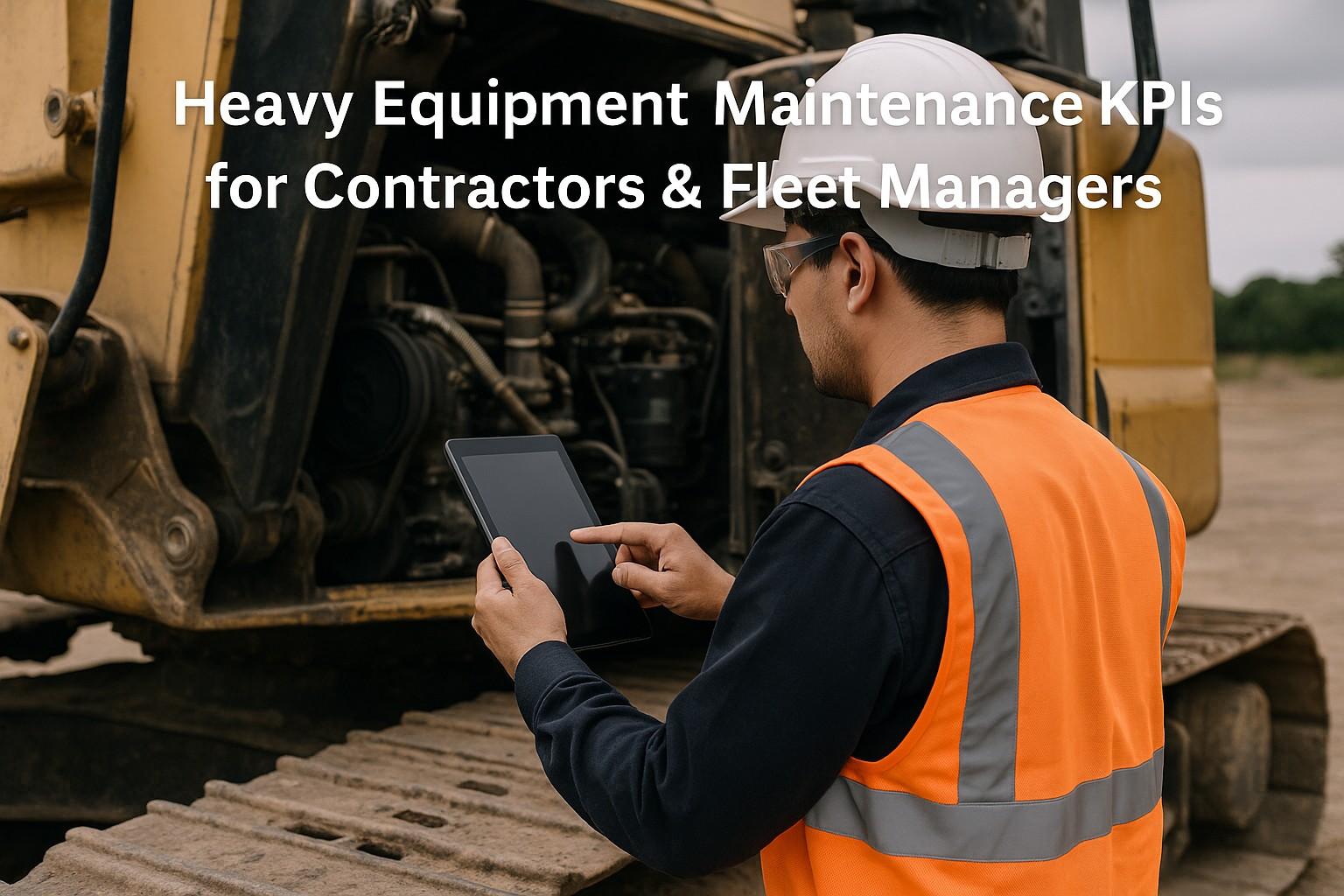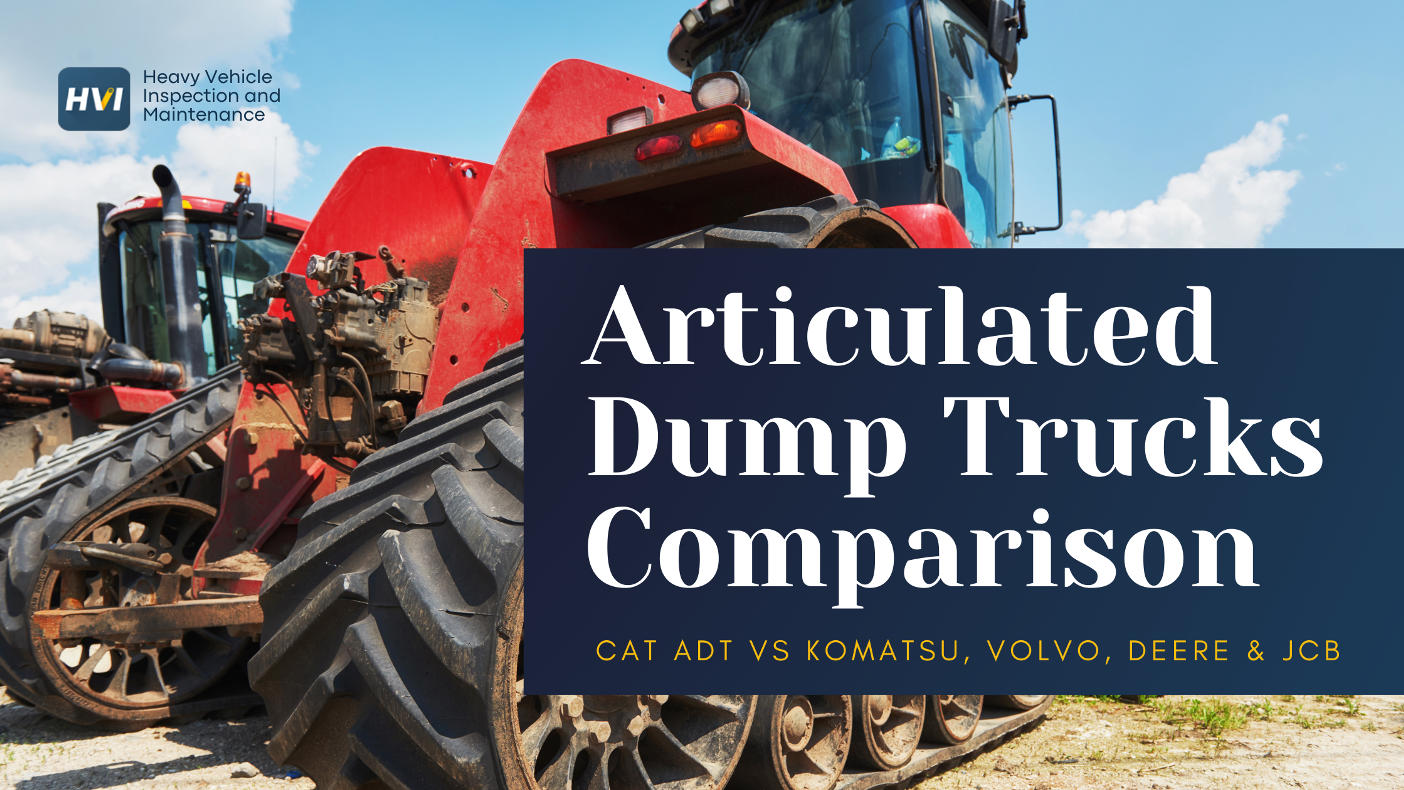PM compliance has evolved from a regulatory requirement into the cornerstone of competitive advantage for US construction operations, with compliant fleets achieving 91% equipment availability while non-compliant operators struggle at 62% uptime. Systematic preventive maintenance compliance eliminates 82% of catastrophic failures, reduces operational costs by 60%, and generates annual savings exceeding $180,000 per machine through documented maintenance protocols and regulatory adherence. With escalating OSHA enforcement penalties averaging $145,000 per violation and insurance premiums increasing 35% for non-compliant operations, implementing comprehensive PM compliance frameworks has become essential for business sustainability.
This proven PM compliance framework eliminates 78% of emergency repairs, reduces regulatory violations by 95%, and generates annual savings exceeding $150,000 per machine through systematic implementation of documented preventive maintenance protocols. More importantly, it transforms compliance from a cost center into a profit driver that ensures project delivery, maximizes equipment value retention, and drives long-term operational excellence across challenging construction environments.
2025 PM Compliance Impact Analysis
Ensure Your Fleet Meets 2025 Compliance Standards
Discover comprehensive PM compliance strategies that protect your operations and maximize profitability.
The 2025 PM Compliance Landscape: Critical Changes and Requirements
Preventive maintenance compliance in 2025 encompasses expanded OSHA safety requirements, enhanced EPA emission standards, and new DOT transportation regulations that demand systematic documentation, real-time monitoring, and predictive maintenance protocols. Modern PM compliance extends beyond traditional inspection schedules to incorporate condition-based maintenance, predictive analytics, and automated compliance reporting that ensure regulatory adherence while optimizing operational performance.
Building a Comprehensive PM Compliance Framework
Effective PM compliance requires systematic integration of maintenance scheduling, documentation management, regulatory tracking, and performance monitoring into unified compliance platforms that ensure adherence while optimizing operational efficiency. Digital compliance systems achieve 98% regulatory adherence while reducing administrative burden by 70% through automated documentation and intelligent scheduling protocols.
Modern compliance frameworks incorporate real-time monitoring, predictive maintenance alerts, and automated reporting capabilities that transform compliance from reactive documentation into proactive operational excellence. This integration ensures continuous regulatory adherence while maximizing equipment performance and minimizing total cost of ownership across diverse operational environments.
- ✓ Automated Maintenance Scheduling with regulatory compliance tracking and alert systems for all inspection intervals
- ✓ Digital Documentation Management providing comprehensive audit trails and regulatory reporting capabilities
- ✓ Real-Time Compliance Monitoring tracking regulatory adherence and generating violation prevention alerts
- ✓ Predictive Maintenance Integration optimizing compliance schedules based on equipment condition and performance
- ✓ Regulatory Reporting Automation generating compliance documentation for OSHA, EPA, and DOT requirements
- ✓ Performance Analytics providing compliance effectiveness measurement and optimization insights
Technology Solutions for PM Compliance Excellence
Advanced PM compliance leverages cloud-based platforms, mobile applications, and integrated analytics to ensure comprehensive regulatory adherence while optimizing maintenance efficiency and cost-effectiveness. Digital compliance systems provide real-time visibility into maintenance status, regulatory requirements, and performance metrics that enable proactive compliance management and operational optimization.
Integration with existing fleet management systems, maintenance software, and operational platforms creates unified compliance ecosystems that streamline workflows while ensuring complete regulatory documentation and adherence across all equipment types and operational environments.
- ✓ Deploy digital inspection platforms with $12,000-20,000 investment for comprehensive documentation systems
- ✓ Implement automated scheduling systems requiring $18,000 platform investment and integration services
- ✓ Establish baseline compliance metrics and regulatory tracking protocols for all equipment types
- ✓ Create comprehensive maintenance documentation systems with audit trail capabilities
- ✓ Train maintenance teams and operators on compliance procedures and documentation requirements
- ✓ Integrate with existing fleet management systems for unified operational visibility
- ✓ Deploy comprehensive monitoring systems with $30,000-45,000 per unit investment for predictive compliance
- ✓ Implement advanced analytics platforms for compliance optimization and regulatory trend analysis
- ✓ Establish automated regulatory reporting systems for OSHA, EPA, and DOT compliance documentation
- ✓ Create performance dashboards for compliance teams and executive management oversight
- ✓ Deploy predictive maintenance systems that optimize compliance schedules based on equipment condition
- ✓ Integrate with insurance carriers and regulatory agencies for streamlined compliance verification
Measuring PM Compliance Success: Essential KPIs and Metrics
Effective PM compliance measurement requires comprehensive tracking of regulatory adherence, operational performance, and financial impact through established key performance indicators that demonstrate compliance effectiveness and business value. These metrics enable continuous improvement and justify investment in compliance excellence programs.
Investment in advanced compliance technologies provides measurable returns through reduced violations, improved efficiency, and enhanced operational reliability while ensuring regulatory protection and competitive advantage across diverse market conditions.
- ✓ Compliance Rate Percentage targeting 98%+ adherence across all regulatory requirements and inspection schedules
- ✓ Violation Prevention Rate measuring 95%+ reduction in regulatory violations and penalty exposures
- ✓ Documentation Completeness achieving 100% audit trail coverage for all maintenance activities and inspections
- ✓ Cost Avoidance Measurement tracking $125,000-$200,000 annual savings through compliance excellence
- ✓ Insurance Premium Optimization achieving 25-40% reductions through documented compliance programs
- ✓ Equipment Availability Improvement targeting 91%+ uptime through systematic maintenance compliance
Regulatory Updates and 2025 Compliance Changes
The 2025 regulatory landscape introduces significant changes to PM compliance requirements across OSHA safety standards, EPA environmental regulations, and DOT transportation mandates that demand enhanced documentation, real-time monitoring, and predictive maintenance capabilities. These updates require proactive compliance strategies and advanced technology integration to ensure adherence while maintaining operational efficiency.
Early compliance adoption provides competitive advantages through reduced violation risks, improved operational efficiency, and enhanced regulatory relationships while positioning operations for future regulatory requirements and market opportunities.
Financial Impact and ROI Analysis
Comprehensive PM compliance delivers measurable financial returns through multiple value streams including violation prevention, insurance premium reductions, equipment life extension, and operational efficiency improvements. Conservative estimates suggest total ROI exceeding 350% within three years of full compliance implementation, with immediate cost avoidance visible within the first quarter.
Compliance investment provides protection against escalating regulatory penalties while enabling competitive advantages through enhanced operational reliability and reduced total cost of ownership across equipment fleets and operational environments.
Strategic PM Compliance Excellence for 2025 and Beyond
The implementation of comprehensive PM compliance frameworks represents more than regulatory adherence—it's a strategic investment in operational sustainability and competitive advantage that positions US contractors for success in an increasingly regulated market. The financial benefits extend beyond immediate cost avoidance to encompass improved operational reliability and enhanced market positioning.
US contractors who embrace systematic PM compliance achieve measurable improvements in regulatory adherence, operational costs, and equipment performance. Conservative estimates suggest total ROI exceeding 350% within three years of full implementation, with immediate benefits visible within the first operating quarter following deployment.
The construction industry's regulatory evolution demands proactive compliance strategies and investment in proven frameworks. Fleet operators who implement comprehensive PM compliance systems today will be best positioned to capitalize on market opportunities while avoiding the costly consequences of reactive compliance approaches that challenge traditional operations.
Secure Your 2025 PM Compliance Strategy Today
Start implementing proven compliance frameworks and protect your operations with comprehensive regulatory adherence.
Schedule Consultation




